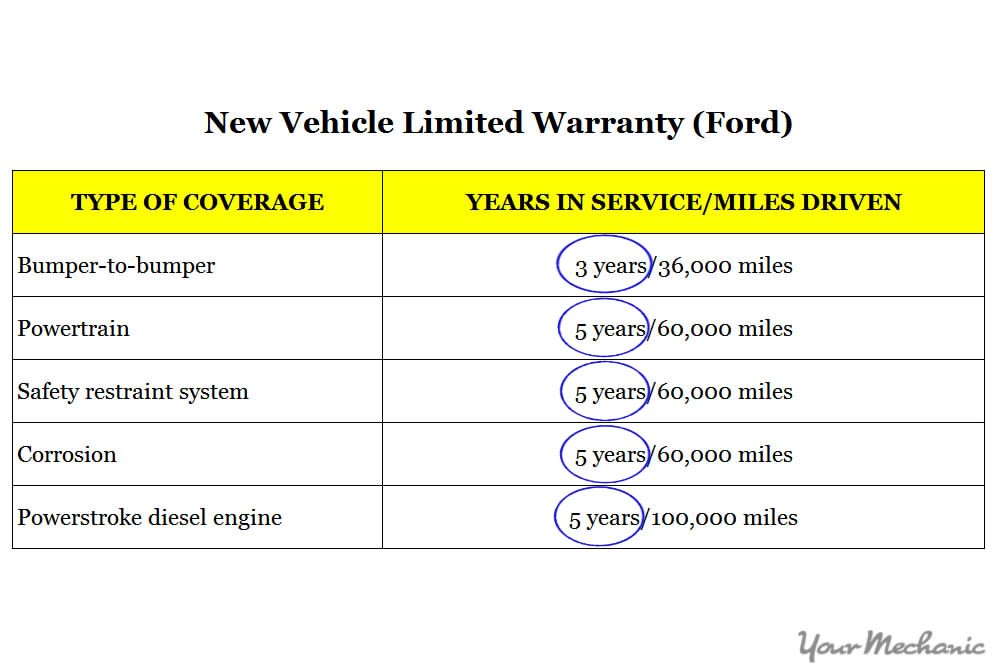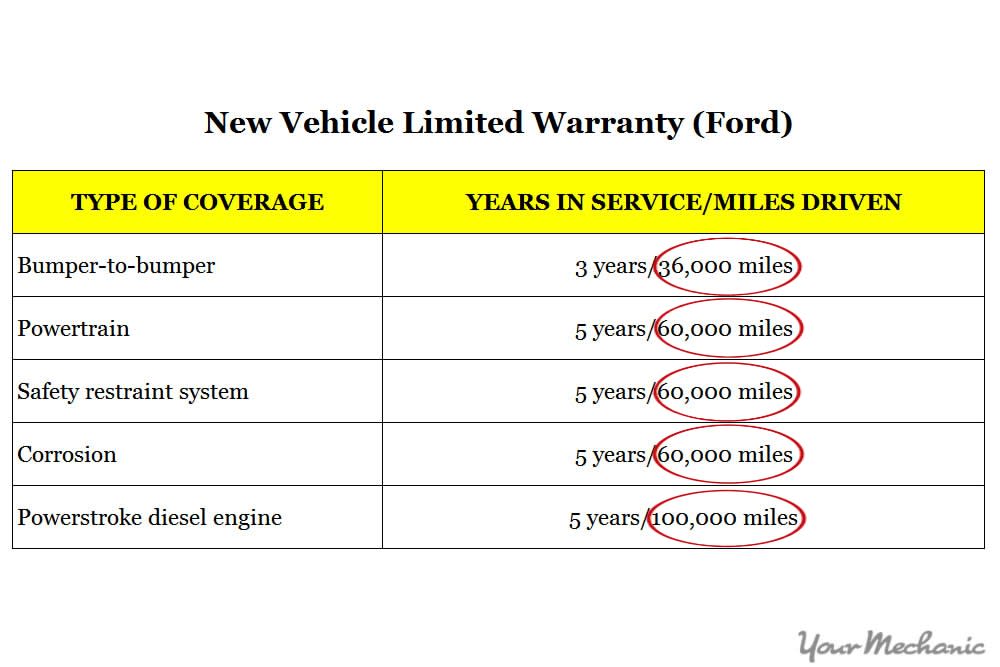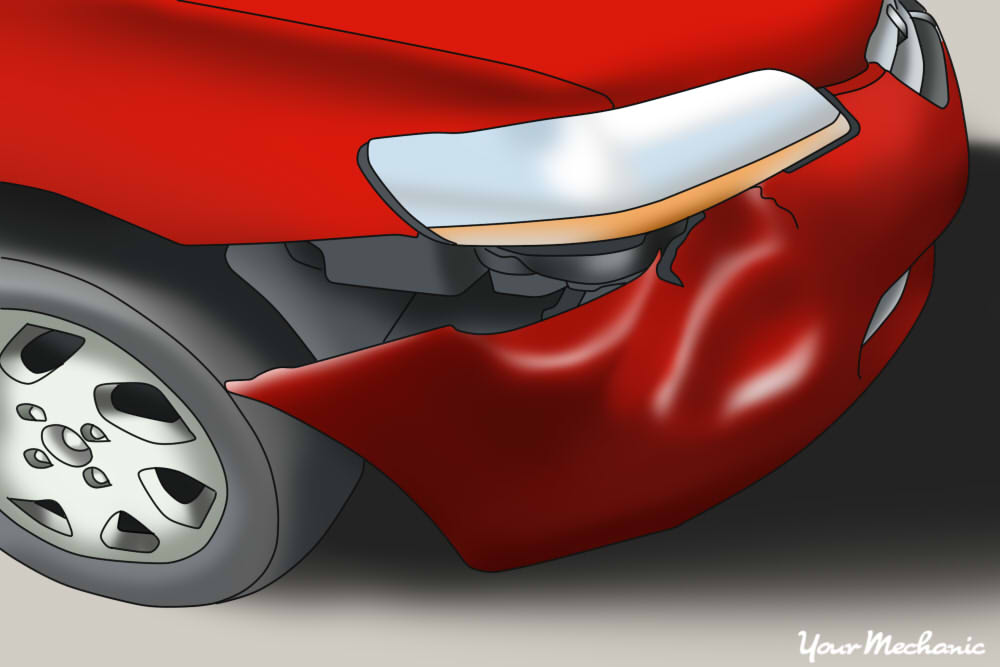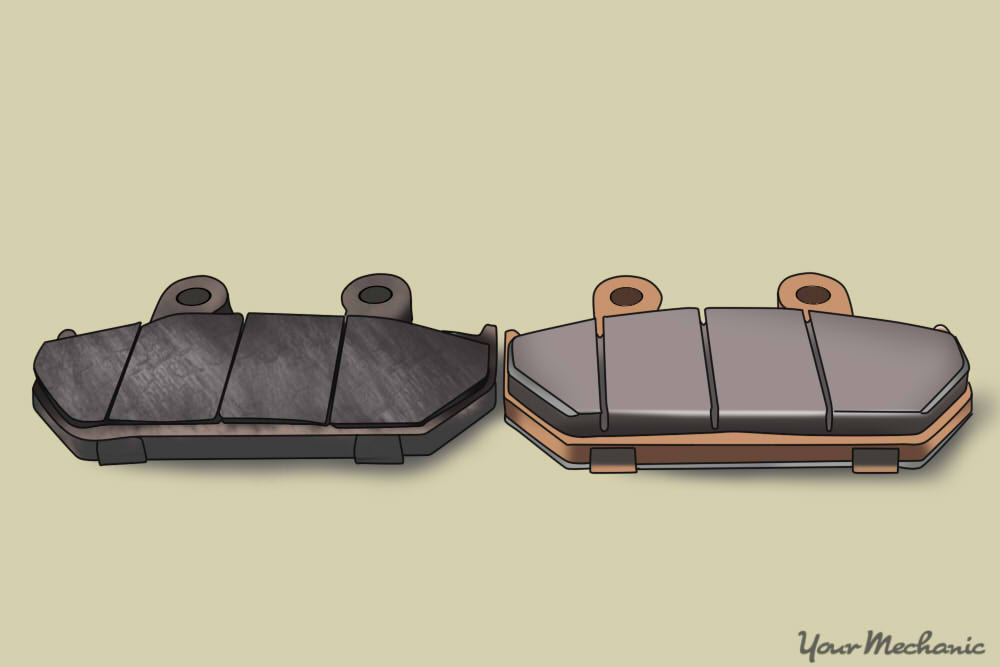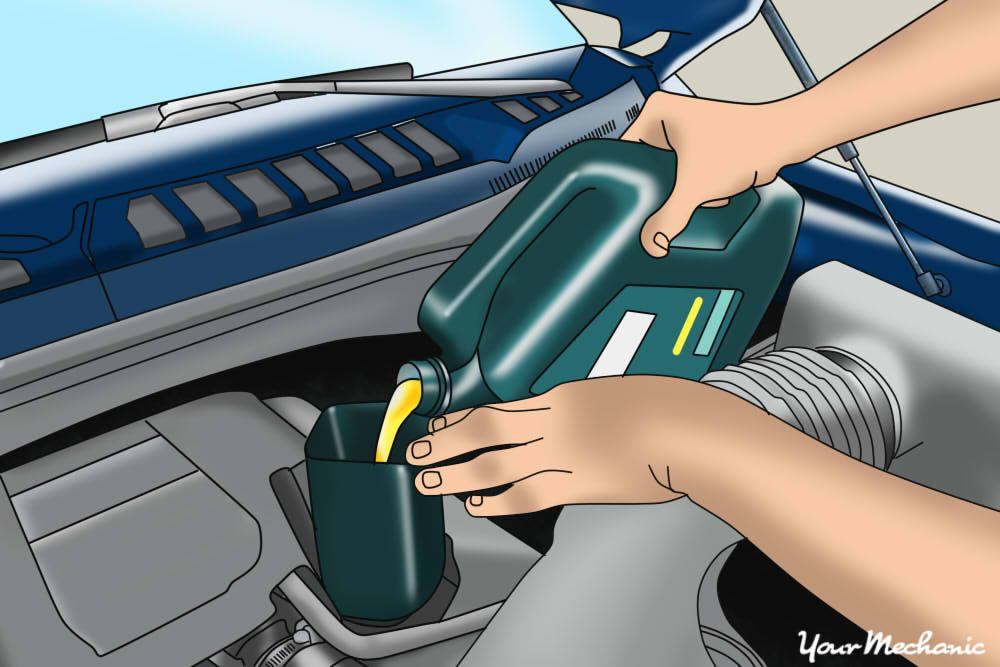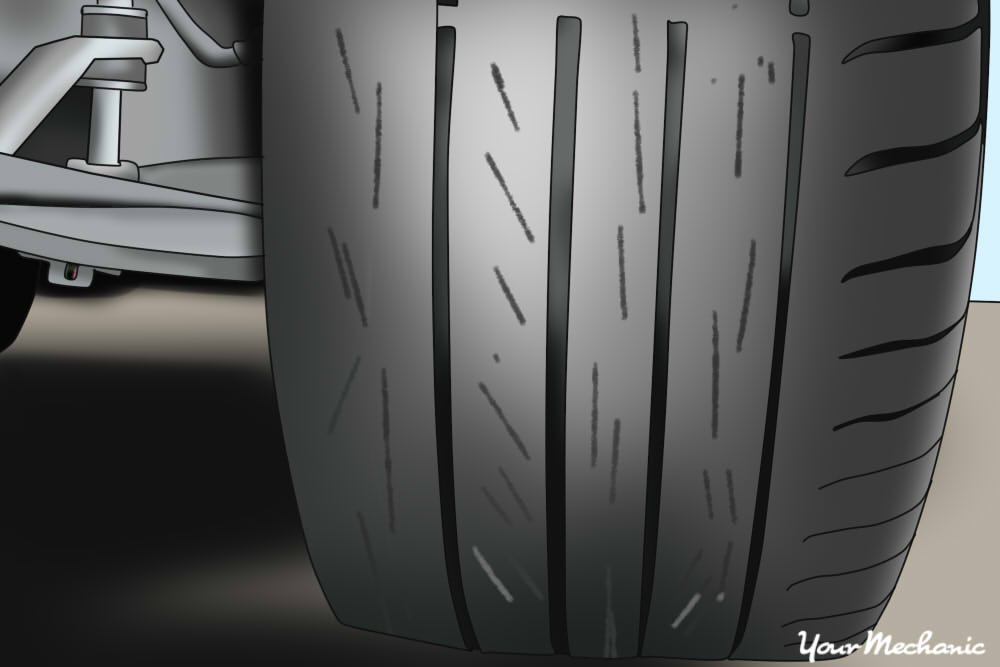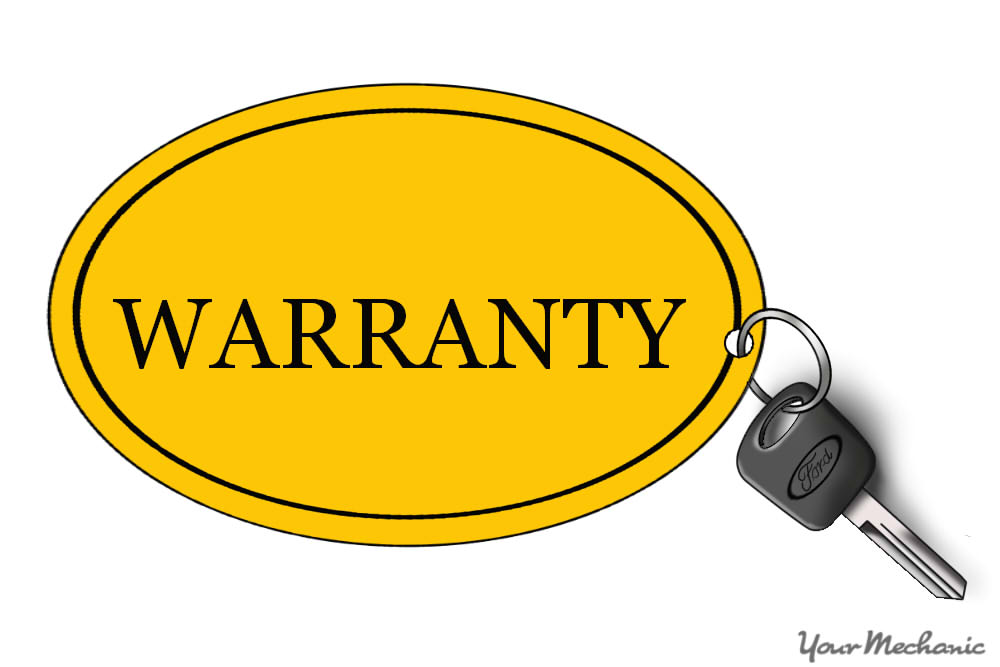

One reason why people choose to buy a new car is for the warranty. Warranties guarantee that repairs required during the initial ownership period will be performed at no cost to the vehicle owner. Although there are slight differences between manufacturers, most car warranties typically include:
- Manufacturer defects
- Emissions coverage
- Mechanical issues
- Roadside assistance
- Audio or other feature defects
Warranties can provide the owner with a peace of mind, knowing that the manufacturer is backing the vehicle they’ve produced for defects that occur between a specified time frame. However, some warranties can be obscure and difficult to interpret. Among the legal terminology and information that most do not read, there is valuable information within your warranty that can prevent you from experiencing frustration when the time comes to have your vehicle repaired.
Here’s how to understand the important information in your car warranty.
Part 1 of 4: Determine the length of coverage
Your vehicle warranty is detailed in your owner’s manual or the warranty booklet provided to you when you purchase a new car. If you purchased a used vehicle, it’s possible that you didn’t receive the new car documentation from the previous owner.
Step 1: Locate the comprehensive coverage warranty. This coverage is often referred to as a “bumper-to-bumper” warranty because it will cover nearly all defects that occur in between the bumpers.
For example, when the fuel system, brakes, seat belts, power steering, or climate control fail during the warranty period, the bumper-to-bumper warranty will usually have you covered.
For nearly all manufacturers, the length of a common comprehensive warranty is typically 3 years from when the vehicle was purchased as new. This is also known as the in-service date.
A few manufacturers such as Kia and Mitsubishi have 5-year comprehensive warranties on most of their models.
Step 2: Determine the powertrain warranty term. The term “powertrain” refers to the main components in the system that help propel the car forward.
A powertrain warranty covers items such as the:
- differentials
- drive wheel bearings
- driveshafts and axle shafts
- engine
- transfer case
- transmission
The powertrain warranty may be the same as the comprehensive coverage for some manufacturers, while others extend the powertrain warranty for a longer length.
For example, General Motors models has a 5-year powertrain warranty while Mitsubishi offers a 10-year powertrain coverage on most of their vehicles.
Step 3: Determine the length of other warranty coverage. Coverage terms for roadside assistance, audio systems, software updates, and accessories vary depending on the manufacturer.
Some of the components listed above are covered for a shorter period of time than the powertrain warranty and the comprehensive warranty.
You can find this information listed in your vehicle warranty guide with your new vehicle materials or on your manufacturer’s website.
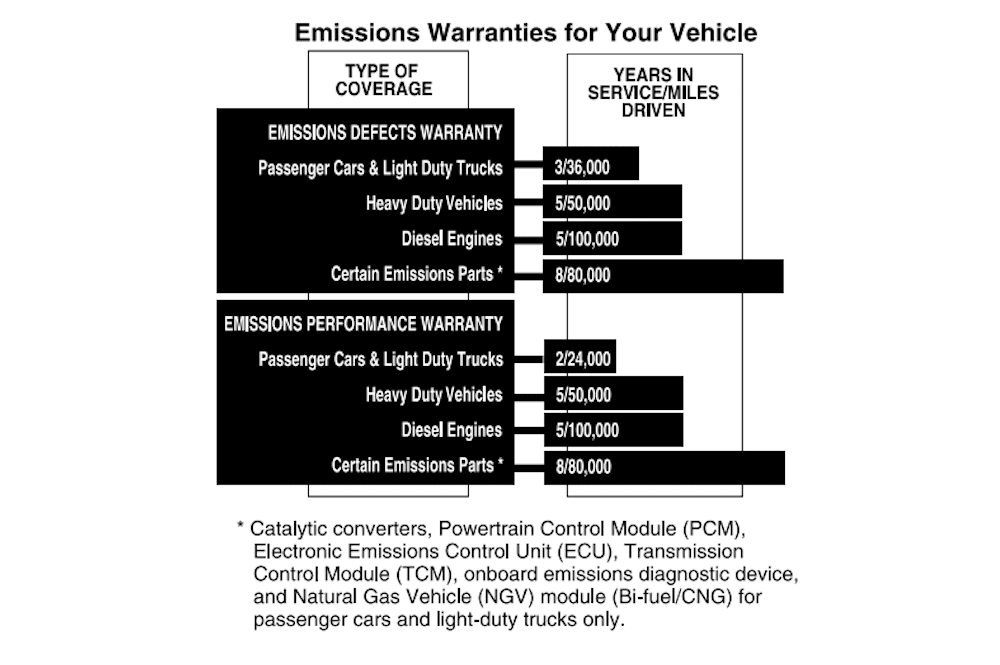
Step 4: Check your emissions warranty coverage. In the United States, manufacturers are required to provide warranty for certain emissions systems for a period of 8 years or 96 months.
For example, if an issue is found with your Electronic Emissions Control Unit (ECU) during an emissions test, you can have this repair covered by your manufacturer.
Components covered by the emissions warranty are quite limited, but they will usually include the catalytic converter, powertrain control module (PCM), and the emissions control unit (ECU).
Part 2 of 4: Determine the distance for which the warranty is valid
The terms of your vehicle’s warranty are not just limited by time but by the distance traveled as well. When you see a warranty term listed, it is noted as the time frame of coverage followed by the distance. Your warranty is only valid while you are within the time frame AND under the mileage limit.
Step 1: Determine your comprehensive warranty limitation. Most comprehensive warranties are covered for 36,000 miles from when a vehicle was purchased new, or from its in-service date.
Some manufacturers, such as Kia and Mitsubishi, offer coverage of their vehicles for a longer distances such as 60,000 miles from new.
- Note: Some warranties are only time-dependent and do not take into consideration the amount of miles driven. These will be labeled as “Unlimited” under miles driven.
Step 2: Know your powertrain warranty distance limit. Powertrain warranties vary in coverage depending on the manufacturer.
Some cover their vehicles for only 36,000 miles while others like General Motors extend coverage from up to 100,000 miles from new.
Step 3: Check your emissions warranty coverage. Emissions warranty coverage on all vehicles is a minimum of 80,000 miles. However, you may be covered for more, depending on your car.
Step 4: Find out about other coverage. Other coverages, including corrosion coverage, audio systems, or roadside assistance coverage, should be checked in your owner’s manual as they vary greatly from manufacturer to manufacturer.
Part 3 of 4: Understand what is covered under warranty
A common misconception is that your car’s new vehicle warranty covers all types of repairs while you are under your time and mileage limitations. That is not true and can result in frustrating visits to the dealer.
Step 1: New vehicle warranty covers manufacturer defects. Problems that occur in your vehicle through no fault of your own, rather by a part failure, are considered manufacturer's defects.
Step 2: Powertrain repair coverage. Powertrain warranty covers only those mechanical components required to propel your vehicle.
That includes the engine, transmission, driveshafts, axle shafts, and transfer case. In some instances, wheel hubs or bearings on drive wheels are covered though not on all makes.
Step 3: Emissions repair coverage. Emissions coverage provides 8 years or 80,000 miles of coverage against catalytic converter or powertrain control module failure resulting in a failed emissions test.
Step 4: Determine if you have roadside assistance coverage. Roadside assistance provides towing services, locksmith services, and fuel services in the event of a breakdown.
- Note: There may be an extra cost involved if you require an emergency fuel fill at a roadside service.
Step 5: See if your audio system is covered. Audio system coverage includes the radio head unit, amplifiers, and speakers including subwoofers if your vehicle is so equipped.
Most audio system head units are covered by the manufacturer that supplies the units to the car maker, not the car maker themselves.
Part 4 of 4: Be aware of the excluded items from your warranty
There are items that your warranty does not cover. Some are common sense while others may be a bit of a surprise.
Step 1: Warranties do not include physical damage. If you get into an accident, have a stone chip, or have a scratch on your car, it is not covered by your new vehicle warranty.
- Tip: For these type of situations, consider filing an insurance claim with your car insurance provider if the damage is significant enough to you.
Step 2: Warranty does not cover wearable parts. Some manufacturers cover wearable parts for a year or 12,000 miles, but that is more out of courtesy than necessity.
Wearable components include your drive belt, brake pads, brake rotors, clutch material (in manual transmissions), and fluids.
Step 3: New vehicle warranty doesn’t cover maintenance. While some manufacturers like BMW and Volvo include complimentary maintenance packages to new vehicle buyers, it is not considered part of your vehicle warranty.
Fluid maintenance, filter replacements, and other wearable part replacement is your responsibility as a vehicle owner.
Here is a list of regular maintenance services that should be done on your car:
Change oil and fuel filter - An oil and fuel filter change should be done every 3,000-5000 miles or every 3-5 months.
Tire rotation - Rotations should be done every 5,000-8000 miles to prevent immature tire wear.
Inspect or replace spark plugs - Spark plugs should be inspected every 30,000 miles.
Replace air filters - Air filters should be replaced every 30,000-45,000 miles.
Replace windshield wipers - windshield wipers last for 2-3 years on average.
Inspect or replace timing belt and other belts - Timing belts should be replaced every 60,000-100,000 miles.
Inspect or replace brake pads - brake pad replacement largely depends on how you drive your car. It is recommended to check your brakes every 30,000 miles for wear.
Inspect or flush transmission fluid - Transmission fluid should be serviced every 30,000- 60,000 miles for manual cars, and checked every 30,000 miles for automatic cars.
Inspect or top off coolant - Coolant levels should be checked every 30,000-60,000 miles to prevent overheating.
Replace battery - Batteries typically last between 3-6 years.
Inspect or flush brake fluid - Brake fluid should be inspected every 2-3 years.
Step 4: Tire wear is not covered by most warranties. If your tires are wearing prematurely, it may indicate a problem in your steering or suspension that needs to be corrected under warranty, but the tire wear itself is not covered.
Step 5: Adjustments are not covered under warranty past 1 year. If adjustments are required such as a wheel alignment or door adjustment, it must be completed within a year or 12,000 miles in most cases.
This is because outside forces usually necessitate adjustments, not manufacturer defects.
Warranty coverage is an important piece of your car purchase that you should try to understand. Knowing the terms of your warranty can help you when you experience a problem with your car or when it’s time to make a repair. Consider an extended warranty either through the manufacturer or from an aftermarket warranty provider to give you peace of mind for a longer time and distance than the new vehicle warranty.
If you find yourself in a situation that is not covered by warranty, consider getting your car inspected or serviced by YourMechanic. We offer over 700 repairs and services that are backed by a 12-month and 12,000 mile warranty.


